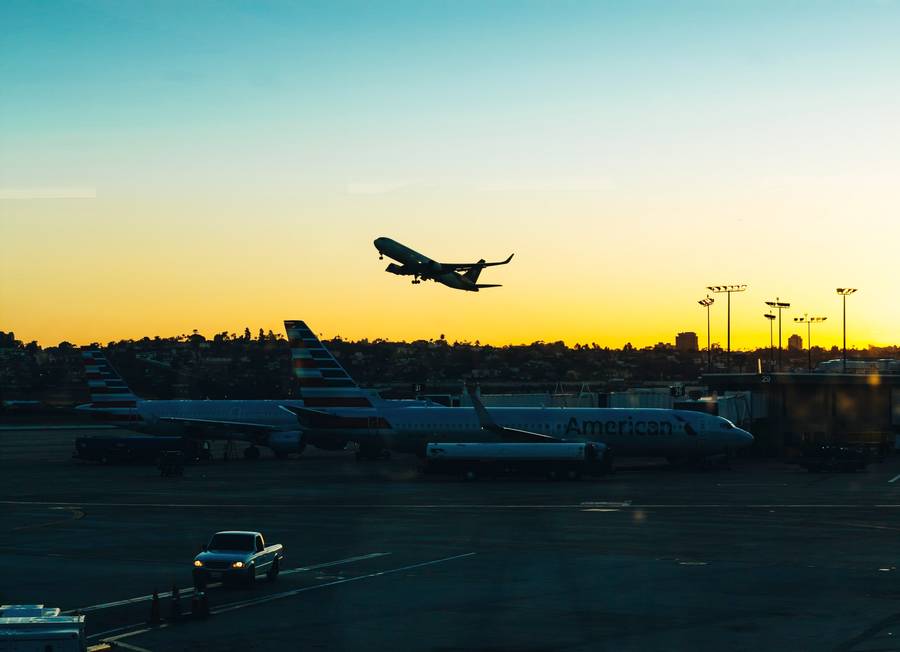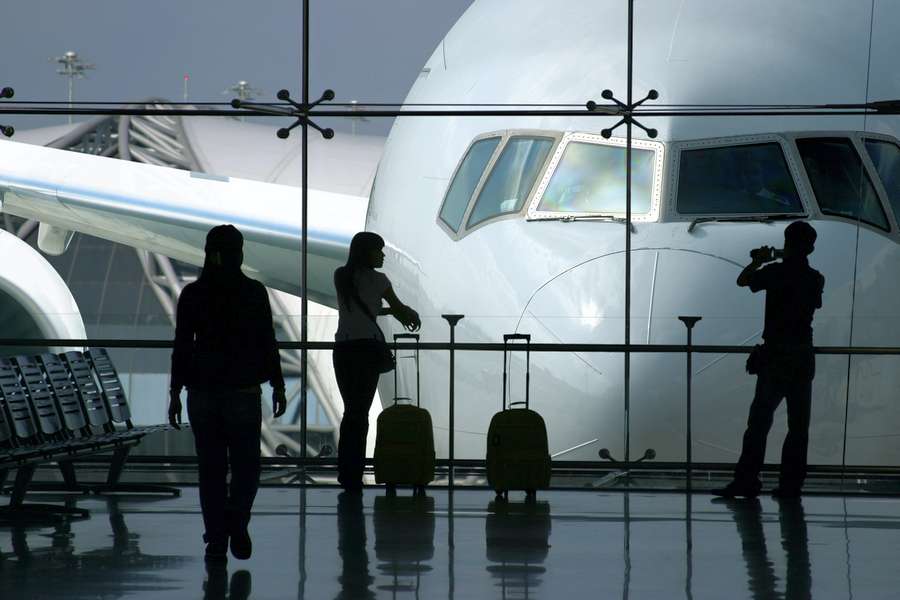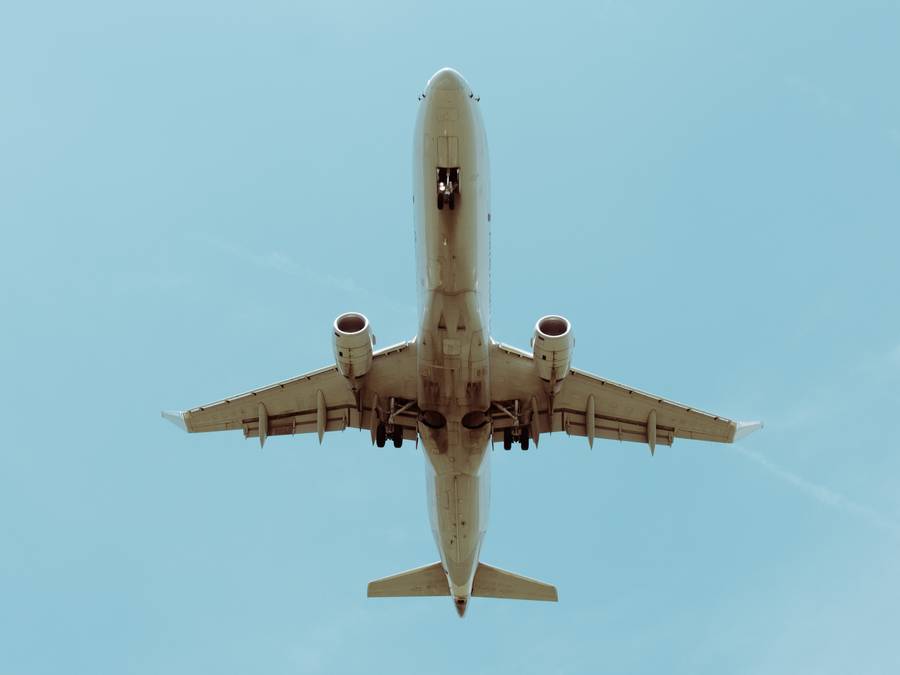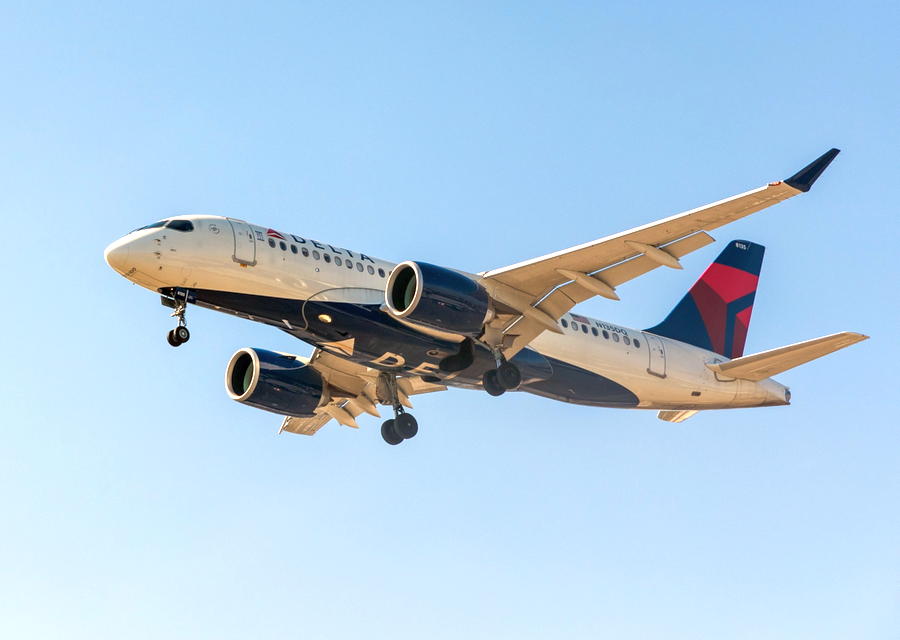In the final article of this three-part series, we explore the most efficacious ways to treat your fear of flying and how to implement them.
About the Author
Suzanne Duke is a doctoral-level developmental psychologist who began her career working with young children and then with university students, particularly helping first-year students adjust to college life and living away from home. She is also a social worker and particularly enjoys treating anxiety disorders, such as fear of flying!
In the previous two articles (links at the end), we have looked at important foundational issues underlying fear of flying with the goal of helping you better understand your fear and the various explanations for the onset of this fear. In this final article, we turn to what may feel like the most important question for nervous flyers: how can I take control of my flight anxiety so that I can fly with confidence? Specifically, we are going to address the two treatment models that have had the highest success rate in helping fearful flyers become less afraid: exposure therapy and cognitive behavioral therapy (CBT). Hopefully, one or both of these treatment paradigms will resonate with many of you and ultimately offer you techniques employable when flight anxiety strikes.

EXPOSURE THERAPY
Hopefully, you will recall from our previous discussions that fear of flying is a type of specific phobia. This is important because historically, exposure therapy has been considered the gold standard in treating phobias (1,2). The concept underlying exposure therapy is that one way to become less afraid of a phobic stimulus (in this case, an airplane, or flying in general) is to slowly and gently introduce “components” of the stimulus to the affected person until those components are no longer associated with fear. As the person becomes less afraid of those initial components, larger and more sophisticated components are introduced and the process of “un-linking” the component and the fear continue. The goal of exposure therapy is to help get the affected person to a place where the component or behavior is no longer fear-producing.
So what does this all this psychological language actually mean for you, the fearful flyer? Let me break it down into a real-life example with you as the starring character in our scenario. If you are reading this, you are likely quite fearful of flying. Perhaps you do fly, but it is usually a terrifying experience wherein you feel like every time you land you believe you have cheated death. Or perhaps you are so fearful that you cannot even get on a plane.

You decide it is high time you take control of your fear of flying, and either on your own, or preferably, with the help of a qualified therapist, you engage in exposure therapy. The goal of exposure therapy is to very gradually introduce you the processes involved actually taking a flight until you are able to “disconnect” flying and fear. But how does this disconnection actually work? The process of disconnection is achieved through graduated exposure. Quite simply, graduated exposure occurs by breaking down the process of taking a flight into its core components, and then introducing the fearful flyer to each of these components until these components no longer elicit fear.
For example, the first step might be to help you become comfortable with very basic experiences of flying, such as going to an airport to just walk around or perhaps looking out a window to simply see the planes (and if you are feeling very brave, you might even watch them take off and land). The goal is to make you comfortable with the different parts of aviation without asking you to actually fly – we are not there yet! Once you become comfortable with some of these very basic aviation components, you might move to watching scenes from films that involve flying, or you start to learn more about how planes work, how pilots are trained, and how and why turbulence occurs. Over time, by exposing you to each of the steps of taking a flight and working through fear elicited at any step before moving on, you can altogether break the connection between fear and flying.

COGNITIVE BEHAVIORAL THERAPY (CBT)
The other treatment modality used to treat fear of flying with significantly positive results is cognitive behavioral therapy (CBT) (3). Cognitive behavioral therapy is grounded in the idea that changes in negative or unhelpful thoughts and/or behaviors can result in positive outcomes. Within this therapeutic model there are a number of techniques, but for our purposes, we are going to focus on two strategies in particular: the reframing of negative thoughts into positive or neutral ones, and the use of “worry dates” to help provide boundaries around anxious thinking.
Cognitive reframing
A key CBT technique is the process of helping turn a negative thought into a more positive one through the use of thought reframing. This therapeutic technique encourages a person who feels overwhelmed by a negative thought to consider the possibility that there are other ways of looking at the problem. For you, the fearful flyer, thought reframing can be particularly useful in the following situation like this: you are convinced that that low-pitched sound you hear a minute or two after takeoff, coupled with a slightly sinking feeling in your body, must be a sign that the plane is about to fall right out of the sky. In fact, the ONLY explanation for what you are hearing and feeling is that the plane is about to crash.

However, either with the help of a therapist specializing in CBT or even on your own, you can also start to generate a number of alternate explanations for your experience. Maybe the plane ISN’T about the crash, but in fact, the pilots have pulled back just a bit on the power because maximum thrust is not always needed during the climb phase of flight, or perhaps it is because some airports have noise laws and require aircraft to pull back on the power so planes overhead are not as loud for people on the ground. The goal of generating these alternate explanations – which are an example of reframing negative thoughts as positive, or even neutral ones – is exactly the goal of CBT.
Cognitive reframing is an effective, accessible way to treat fear of flying. In fact, if you are a nervous flyer, I challenge you to complete the following exercise: 1.) Make a list of the first five negative thoughts that come to mind when you think about flying; 2.) Underneath that list, provide either an alternate neutral or even positive explanation for each of the negative thoughts. I wonder if you will find that cognitive reframing is helpful not just in conquering a fear of flying but also in any situation where you feel like you have “boxed yourself into a corner” with your negative thinking. Sometimes, when you take a step back and really encourage yourself to look at the problem in a completely different way, you sometimes find that situations are not nearly as dire as they initially seem.

Setting “worry dates” for your flight anxiety
Another CBT technique with a lot of power behind it is the setting of “worry dates”. As simplistic, and slightly silly, as this may seem, I have found patients find it extremely useful. A “worry date” is just as it sounds: the date (and I also like to include time interval) that you will worry about a problem. For example, perhaps you are deeply anxious about an upcoming flight that you really have to take. If left unchecked, your anticipatory anxiety has the potential to take up much more psychological space than you want it to, but you cannot seem to stop worrying about it. And we all know that the best way to keep worrying about something is to tell yourself to stop worrying about it! So, instead of continuing to fight this cognitive battle with yourself, set a worry date. Acknowledge that this flight is causing you significant anxiety, and set a date and allotted amount of time that you will actively worry about it.
Setting a worry date does two important things: 1.) It provides validation that your flight anxiety is a real thing causing you a significant amount of distress; and 2.) It sets both a time to worry about the flight AND a time to stop worrying about it. If you are still feeling worried, you can also add in extra worry dates. But interestingly, I think you will find that even if you need to add additional worry dates, you will not become overwhelmed by anxious thoughts, or you will at least find them more tolerable. Giving these thoughts validated time and space has the power to help keep your anxiety under more control than you might think. I encourage you to try the worry date exercise – if nothing else, see it as an experiment – and reflect on the impact it has on your overall feelings about the flight.

CONCLUSION
Ultimately, I hope that one or both of the treatment models discussed above – either exposure therapy or CBT – has the potential to positively impact your fear of flying. I know flight anxiety can feel absolutely overwhelming, but I hope you will count small reductions in fear as gains worth celebrating. Overcoming fear of flying really is a marathon, not a sprint, and remember that if you are afraid, you are one of many, many people who share this fear. In addition, by just reading these articles, you are starting to take your recovery in your own hands. I applaud you for that, and I look forward to continuing to provide psychoeducation about fear of flying as well as practical tips to reduce your discomfort when you do fly. As always, you can reach me via email at [email protected], and although I will be on vacation next week, I will be back the week after with a new article as part of Mentour Pilot’s continuing commitment to helping nervous flyers!
REFERENCES
- American Psychiatric Association. (2022). Anxiety Disorders. In Diagnostic and statistical manual of mental disorders (5th ed., text rev.).
- Carbonell, D. (2017). Fear of flying workbook: Overcome your anticipatory anxiety and develop skills for flying with confidence. Ulysses Press.
- https://my.clevelandclinic.org/health/diseases/22431-aerophobia-fear-of-flying



